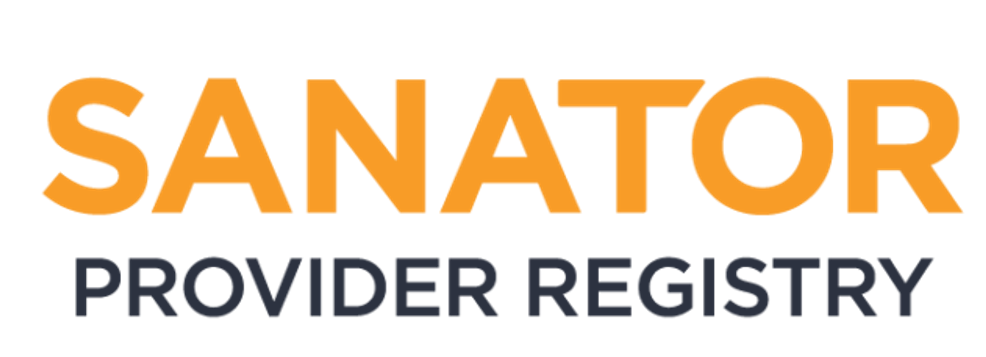Expanding Focus on Provider Directories
A Closer Look at the Key Issues
Expanding Focus on Provider Directories
A Closer Look at the Key Issues
Meeting Consumer Expectations
Consumers expect accurate information, transparency, convenience and a higher degree of service.
Consider the comparison of shopping on Amazon vs. Covered California
It is difficult to imagine consumers spending thousands of dollars on any product or service without extensive online shopping tools, product research and service guarantees. Yet, inaccuracies in provider directories create this very situation for millions of American consumers.

Source: Manatt Health
"One day, I might be in employer-sponsored coverage. The next day, I might be in an exchange, and ultimately, I'm going to be in Medicare. I shouldn't have to relearn how the world works every time I move from payer to payer. The payers feel this way as well."
- Marilyn Tavenner, AHIP's CEO and former CMS Administrator
"One day, I might be in employer-sponsored coverage. The next day, I might be in an exchange, and ultimately, I'm going to be in Medicare. I shouldn't have to relearn how the world works every time I move from payer to payer. The payers feel this way as well."
- Marilyn Tavenner, AHIP's CEO and former CMS Administrator
Federal and NAIC Guidance for the Consumer Experience
A Closer Look at Regulatory Developments
Qualified Health Plans
- Marketplace rules have regulated provider directories since 2014.
- Rules were substantially strengthened by the 2016 payment notice, which added the machine readable requirement for FFM carriers.
- 2017 rule offered additional guidance.
Medicare Advantage
- 2016 Final Call Letter requires carriers to update identified errors within 30 days and conduct quarterly outreach to providers.
- 2016 Final Call Letter first raised the desire for requirement alignment across programs (QHP, MA, MMC); reiterated that changes related to alignment around data elements and machine readability are likely.
- No changes have been proposed yet; call letters note that MA is currently farthest behind.
Medicaid Managed Care
The 2016 managed care rule added many new provider directory requirements including:
- Frequent updates (within 30 days of receiving new provider information)
- Active monitoring by Medicaid managed care organizations for accuracy
- Machine readable
NAIC Model Act
- In November 2015, the NAIC adopted revisions to its network adequacy model act (#74).
- Act includes a new section with provider directory requirements for insurers, including a consumer redress provision.
- CMS and NAIC/states continue to position for leadership on network adequacy and provider directory requirements.

Federal and NAIC Carrier Duties
It's important to understand the rules for maintaining an accurate provider directory, as the repercussions of inaccuracy can be significant
Regulator Roles
Guidelines: Federal and NAIC Data Elements

NAIC Model Act
The NAIC Model Act references additional carrier duties, naming some of the ways states can go further than the current federal requirements.
NAIC Model Act
The NAIC Model Act references additional carrier duties, naming some of the ways states can go further than the current federal requirements.

